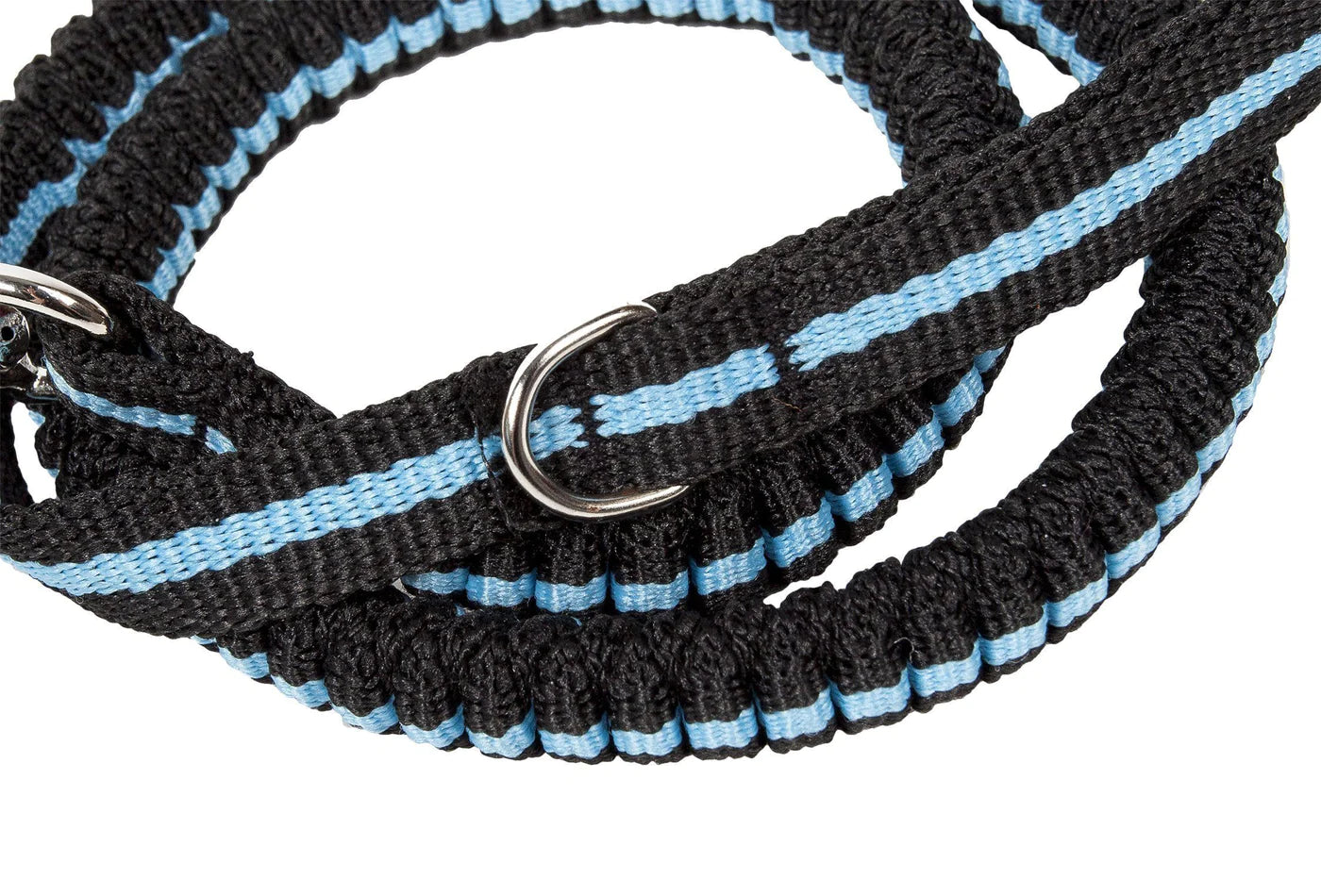
Best Ways to Teach Your Pet to Walk on a Leash
Owning a pet frequently necessitates outdoor adventures, from routine walks to outdoor play sessions. However, getting your furry companion to comfortably and obediently walk on a leash might pose a challenge. By referencing the variety of leashes available at PetLife, this guide provides step-by-step advice to make the leash-walking experience enjoyable for both you and your pet.
Choosing the Ideal LeashBefore embarking on training, it's essential to select the most suitable leash for your pet. A glance at PetLife's leash collection reveals multiple choices tailored to diverse requirements.
Standard Leash:
Perfect for everyday strolls, these leashes are typically made of materials such as nylon or leather.
Retractable Leash:
These leashes provide more roaming space but should be utilized with care to prevent accidents.
Training or "No Pull" Leash:
Especially designed to grant owners additional control, these leashes deter pets from pulling excessively.
- Familiarization Phase
Introduce the leash in a non-threatening manner. Place it near their toys or resting place, allowing them to investigate it.
- Initiate Indoors
Kickstart the training indoors, where they feel safe. Connect the leash and let them wander, ensuring you monitor them. Celebrate calm behavior.
- Guided Exploration
Holding the leash, trail behind your pet indoors, keeping the tether slack. This action acquaints them with the idea of being gently led.
- Incorporate Vocal Commands
Introduce and consistently use vocal prompts:
- “Let’s Go”: To commence walking
- “Pause” or “Wait”: For halts
- “Here”: To beckon them
Reward prompt obedience to cement positive behavior.
- The Great Outdoors
Upon indoor mastery, transition outside, ideally in a serene space to minimize distractions.
- Tackling the Pulling Issue
If your pet tugs on the leash:
- Halt immediately, signaling that pulling doesn't speed things up.
- Engage their attention with a treat.
- Consider specialized training leashes from PetLife to address pulling.
- Incorporate Rest Breaks
Scheduled breaks allow pets to explore and rejuvenate. It’s a moment for them and ensures they don’t get exhausted.
- Consistency and Patience
Maintain regular training schedules and stay patient. Recognize that every pet learns at their own pace.
- Positive Encouragement
Celebrate the successes. Treats, praises, or a favorite toy can reinforce positive behavior associated with the leash.
- Progressively Introduce Challenges
With your pet comfortably walking in calm areas, gradually introduce busier environments, training them for varied situations.
- Social Interactions
Let your leashed pet meet other leashed animals. This acclimatizes them to social walking scenarios.
- Confronting Fears
If certain stimuli scare your pet:
- Don't force confrontation.
- Use distractions to calm them.
- Gradual positive exposure might diminish their apprehension.
- Health Checks
Ensure they're in prime health, making walking enjoyable. Regular vet visits ensure any potential health problems are addressed promptly.
- Refresh Equipment When Needed
As they grow or wear out their current leash, consider revisiting PetLife to find the latest, most suitable options.
Conclusion
Transforming leash walking from a challenge into a pleasure requires patience, understanding, and the right tools. By selecting the best leash from platforms like PetLife and implementing the strategies outlined, you'll foster an enjoyable walking routine that you and your pet will eagerly anticipate.
- Choosing a selection results in a full page refresh.












